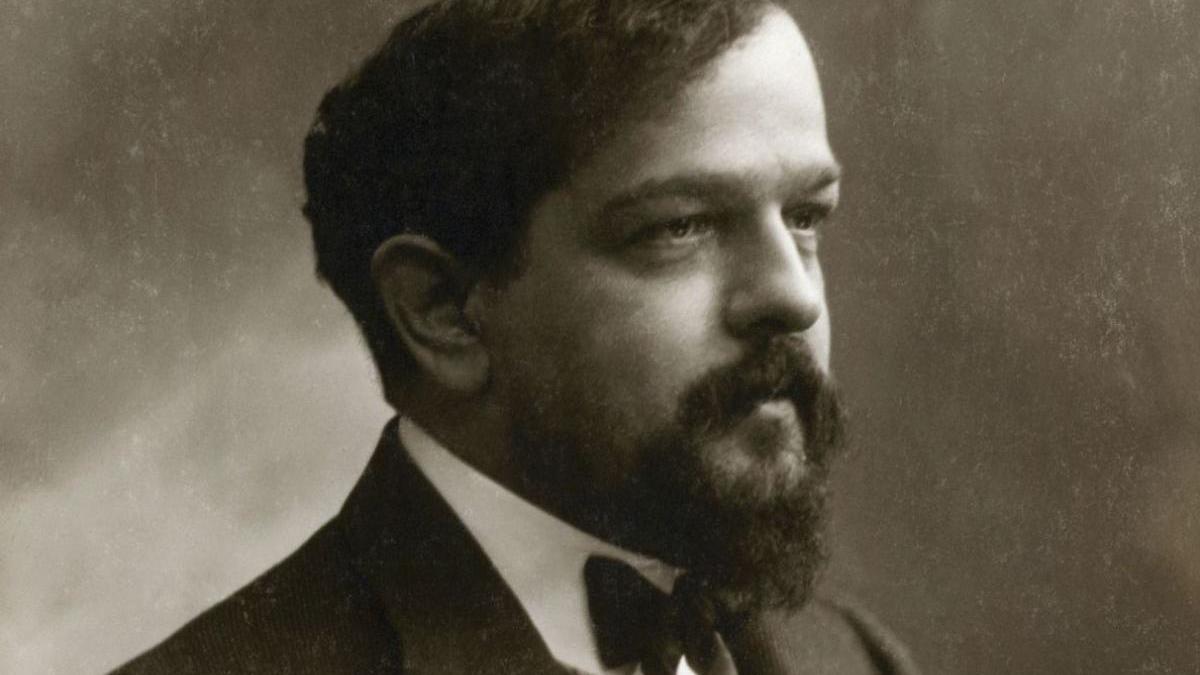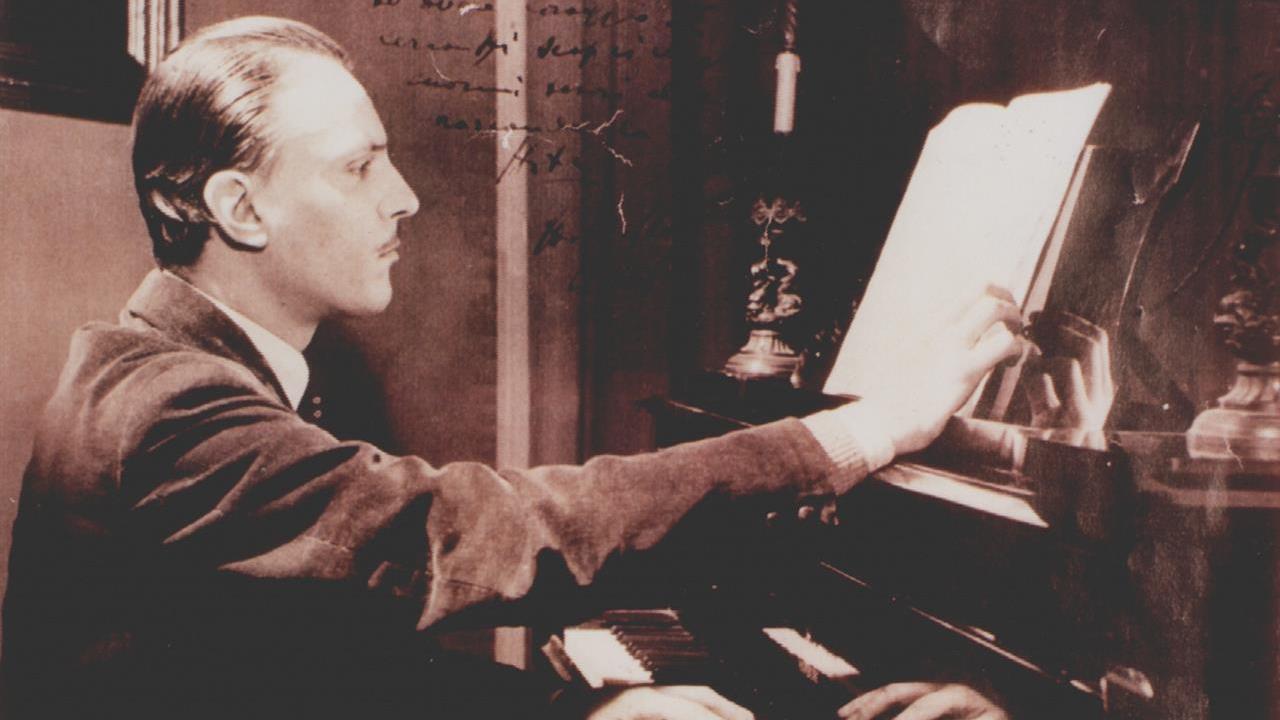Debussy’s “Brouillards”: A Journey into Pantonality
On Wednesday, we explored Richard Strauss’ Also sprach Zarathustra, a piece which ends, unresolved, in two radically unrelated keys (C and B). When the brash, outspoken Claude Debussy heard another Strauss tone poem, Till Eulenspiegel, he compared it to “an hour of original music in a lunatic asylum.” Yet, in the early years of the twentieth century, Debussy pushed the dense chromaticism of Strauss and Wagner into even more adventurous harmonic territory. We …







